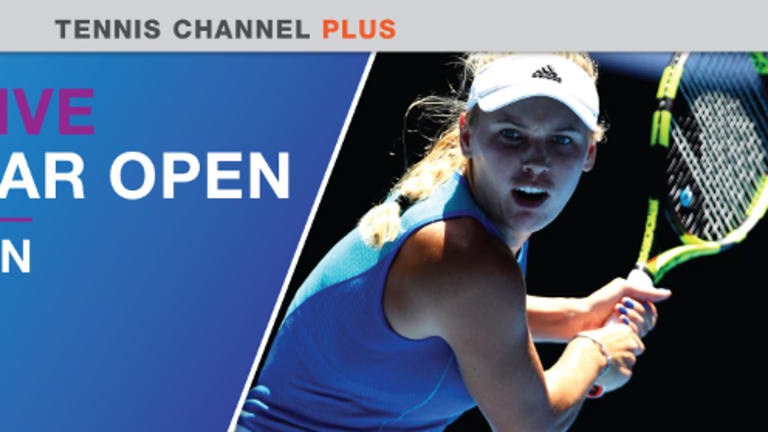Rafael Nadal is thinking. Roger Federer is playing.
That’s the quickest way I know to sum up what has changed in the dynamic between the Swiss and the Spaniard over the first three months of 2017.
From 2004 to 2015, the opposite was true. Then, Nadal knew exactly what he needed to do to win: Hit his heavy left-handed forehand, and curl his left-handed serve, into Federer’s one-handed backhand as often as he could. He did other things, of course, but when he needed a point, he didn’t have to worry or think twice or hesitate. And when it didn’t happen to work, he never had to second-guess himself.
Federer, meanwhile, was left with decisions to make on virtually every swing. Should he rush the net at the first chance, as so many experts counseled? Should he stand in and drive his backhand deep, or step back and slice it short? Should he launch an all-out attack, or should he bide his time? Federer knew that any time he gave Rafa a chance to hit a forehand into his backhand, he was in trouble. Because of that, because he pressed and hesitated, Federer missed shots against Nadal he wouldn’t miss against anyone else. How many times did a match of theirs end with Federer sending a routine forehand long?
In 2017, Federer has changed all of that when he transformed his backhand from a vulnerability into a weapon. In their matches in Melbourne and Indian Wells, Federer didn’t hesitate to swing out and drive that shot for jolting winners. Nadal denied that anything had changed between them, but on Sunday in Miami he knew he needed a different game plan. Two hours and a 6-3, 6-4 loss to Federer later, he still hadn’t found one. Welcome, Roger might have been thinking by the end, to my world.
